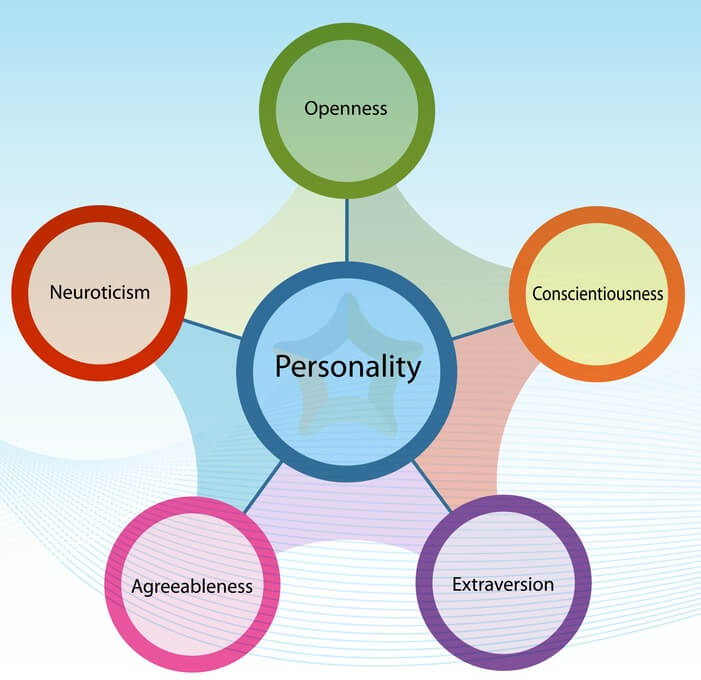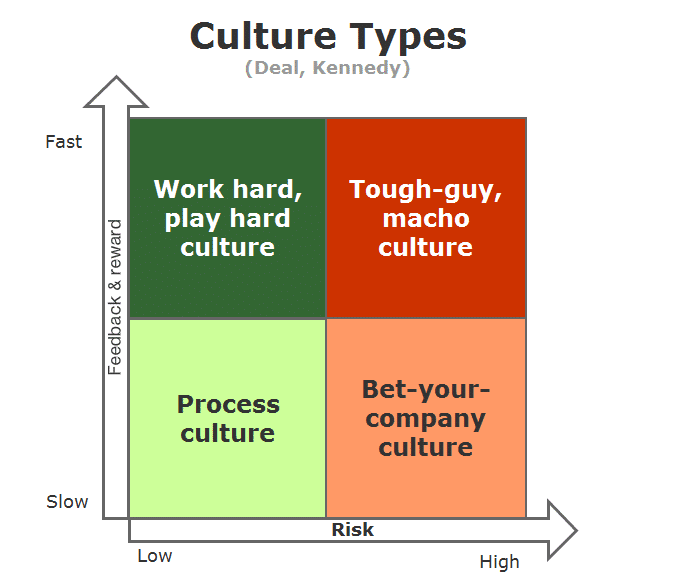Reward is an important part of managing organization and the management of employees. It can be defined as an organization is ready to pay for to accomplish its strategic objectives. Therefore the review of reward system starts from understanding of organizational strategy and HR strategy supports this. Strategic reward objectives should be aligned with business objectives in the same way as other key business areas such as finance, marketing, administrating and IT. In the broad way, there are two ways of reward such as tangible and intangible. The definition of these two rewards are in a way ambiguous as it could vary according to the viewers’ standpoints, but most of rewards can be classified as the tangible, which includes competitive Continue reading
Human Resource Strategies
Impact of Personality Types at Workplace – The Big Five Personality Traits
The unique thought patterns, behaviors and feelings that make an individual different from the other can be termed as Personality. The personality of every individual originates out of genetic heritage as well as his immediate surroundings, and remains constant all through their lives. This results in individual differences. Due to complexity in human nature arising out of the wide variety of experiences in life, the different personality types affect individual relation ships in an organization, and affect the organizational climate. However, though it is assumed that the personality of an individual is more or less constant, it does not happen so. It has been observed that though individual differences occur as a result of various styles of parenting and the Continue reading
Deal and Kennedy’s Organizational Culture Model
As a lead up to the discussion on corporate culture in people’s management, it is important to consider Deal and Kennedy’s contribution. Deal and Kennedy suggests that ‘People are a company’s greatest resource, and the way to manage them is not directly by computer reports, but by the subtle cues of a culture’ Deal and Kennedy (2000) examined organisational culture from a different perspective, concluding that there are six interrelated elements which define organisational culture. These are: The history of the organisation, because shared past experiences shape current beliefs and values and the traditions which organisation is built on. For example, firms often draw on their heritage and use this as part of their branding strategy, as well as asserting a belief Continue reading
Case Study: Google’s Recruitment and Selection Process
Google Inc., the world’s largest and most popular search engine company, is also one of the most sought after companies in the world. Due to the popularity of the company caused by its highly attractive compensation and benefits packages for its employees, millions of job applications are constantly received by Google on an annual basis. While other companies envy Google for attracting and acquiring such highly-talented and highly-skilled individuals from all over the world, the company finds it as a serious cause of dilemma. When Google Inc. topped the ranks for the most popular companies in the world, it could no longer contain the number of applications it receives from thousands of job hunters from all over the globe. And Continue reading
Importance of Aligning Human Resource Processes with Business strategy
Strategic alignment these terms are some of the phrases which are being used to explain the latest, evolving function of human resources process. The aligning human resource processes with business strategy about the growth of the business, increasing the performance of the employees and keeping the costs under a control. Which means the employee satisfaction and benefits provide to the population as they are not the strategic goals, but they are tools to reach the goals important for the whole organization. The importance of the alignment of the human resource process with business strategy is about going deeper and finding the real root components of the successful human capital management in the organization. The HR Managers have to identify the Continue reading
Strategies to Improve Employee Relations
The human resources managers have their hands full all the time because of employee high turnover rate and complaint. It can be suggested that few steps that would help to eliminate some of the problems that plague most human resources managers. It is very important to choose the right person for each job. However, this would be one of the hardest tasks of the human resources manager. Human resources manager’s job is to make sure that the employee chosen for the job will do it correctly. This can be easily done through the interview process. It is vital that Human resource managers have to assess the current impact of labor turnover, identify turnover rates, and compare turnover rates with internal Continue reading



